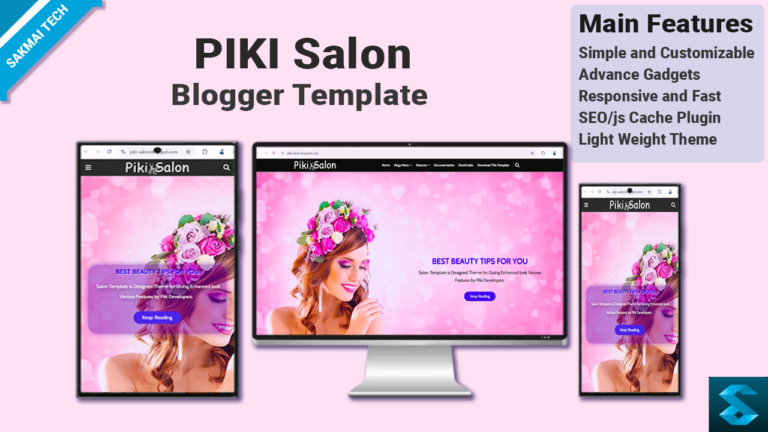
Starting a website and successfully turning it into a source of income requires a clear strategy, consistent effort, and a willingness to adapt. The core principle is simple: create value for a specific audience (your niche), build traffic, and then monetize that traffic and authority.
Here is a comprehensive guide on how to make money with a website:
Phase 1: Foundation and Traffic Building
Before you can earn money, you need an audience. This foundation work is critical.

1. Choose a Profitable Niche and Content Strategy: Your website needs a focus. A niche that is both something you are passionate about and has an audience willing to spend money (e.g., personal finance, health and wellness, tech reviews, specific hobbies) offers the best chance of success. Your content—whether it’s blog posts, videos, tools, or reviews—must be high-quality, original, and consistently published. This is what attracts and retains visitors.
2. Focus Heavily on Traffic Generation (SEO): Organic traffic from search engines like Google is often the most valuable. Implement Search Engine Optimization (SEO) best practices:
- Keyword Research: Identify the terms your target audience uses to find information.
- On-Page SEO: Optimize your content titles, headings, and internal linking structure.
- High-Quality Content: Produce content that truly answers user questions and provides value.
- Technical SEO: Ensure your site is fast, mobile-friendly, and easy for search engines to crawl.
3. Build an Email List: An email list is your most valuable asset. Unlike social media or search rankings, you own this connection. Use email to announce new content, promote products, and build a relationship with your most loyal readers.
Phase 2: Core Monetization Methods
Once you have a steady stream of traffic, you can start integrating revenue streams. A diversified approach is always recommended.
1. Display Advertising: This is one of the most passive forms of monetization. You get paid for showing ads on your site, typically based on impressions (CPM – Cost Per Mille, or per 1,000 views) or clicks (PPC – Pay-Per-Click).
- Google AdSense: A simple network to start with, especially for beginners.
- Premium Ad Networks (Mediavine, AdThrive/Raptive): These offer much higher revenue rates but require a significant volume of traffic (often 50,000+ sessions per month) to qualify.

2. Affiliate Marketing: You promote a third-party product or service using a unique affiliate link. You earn a commission when a visitor clicks your link and makes a purchase. This works well for review sites, tutorials, and comparison content.
- Popular Programs: Amazon Associates, ShareASale, CJ Affiliate, or direct partnerships with companies in your niche.
- Key to Success: Only recommend products you genuinely trust and believe will help your audience. Transparency about your affiliate links is crucial for maintaining trust and is often a legal requirement.
3. Selling Digital Products: Creating and selling your own digital products is highly scalable, as you create the product once and can sell it infinitely.
- Examples: E-books, downloadable templates, premium stock photos, software, or specialized printables.
- Profit: You keep the vast majority of the profit since there is no inventory or shipping.
4. Selling Online Courses and Coaching: If your website establishes you as an authority, you can package your expertise into a structured online course or offer one-on-one coaching/consulting services. This often commands a much higher price point.
- Courses: Focus on teaching a specific skill or achieving a measurable result.
- Coaching/Consulting: Selling your time and expertise directly to businesses or individuals in your niche.
Phase 3: Advanced and Direct Monetization
These methods typically yield higher revenue per visitor but require a stronger, more loyal audience.
5. Membership or Subscription Models: You charge a recurring fee for access to exclusive content or community. This creates a predictable stream of monthly recurring revenue (MRR).
- Examples: Paywalls for in-depth articles, access to a private forum, exclusive video tutorials, or monthly digital downloads.
6. Sponsored Content and Brand Partnerships: Brands will pay you to feature their products or services directly to your audience. This can take the form of:

- Sponsored Posts: A blog post written about or featuring the brand’s offering.
- Product Reviews: A paid, detailed review of a product or service.
- Social Media Collaboration: Promoting the brand across your website and social channels.
- Note: Always disclose sponsored content to maintain audience trust.
7. Direct Product Sales (E-commerce): If you have a physical product or merchandise, you can use your website as a dedicated storefront.
- E-commerce: Selling your own unique products.
- Dropshipping: Selling products made by a third party, who also handles the storage and shipping.
The path to making money with a website is a marathon, not a sprint. It takes time, usually several months to a year, to build the necessary traffic and authority. By focusing on creating exceptional content for a defined niche and intelligently combining various monetization strategies, you can successfully turn your website into a lucrative online business.


